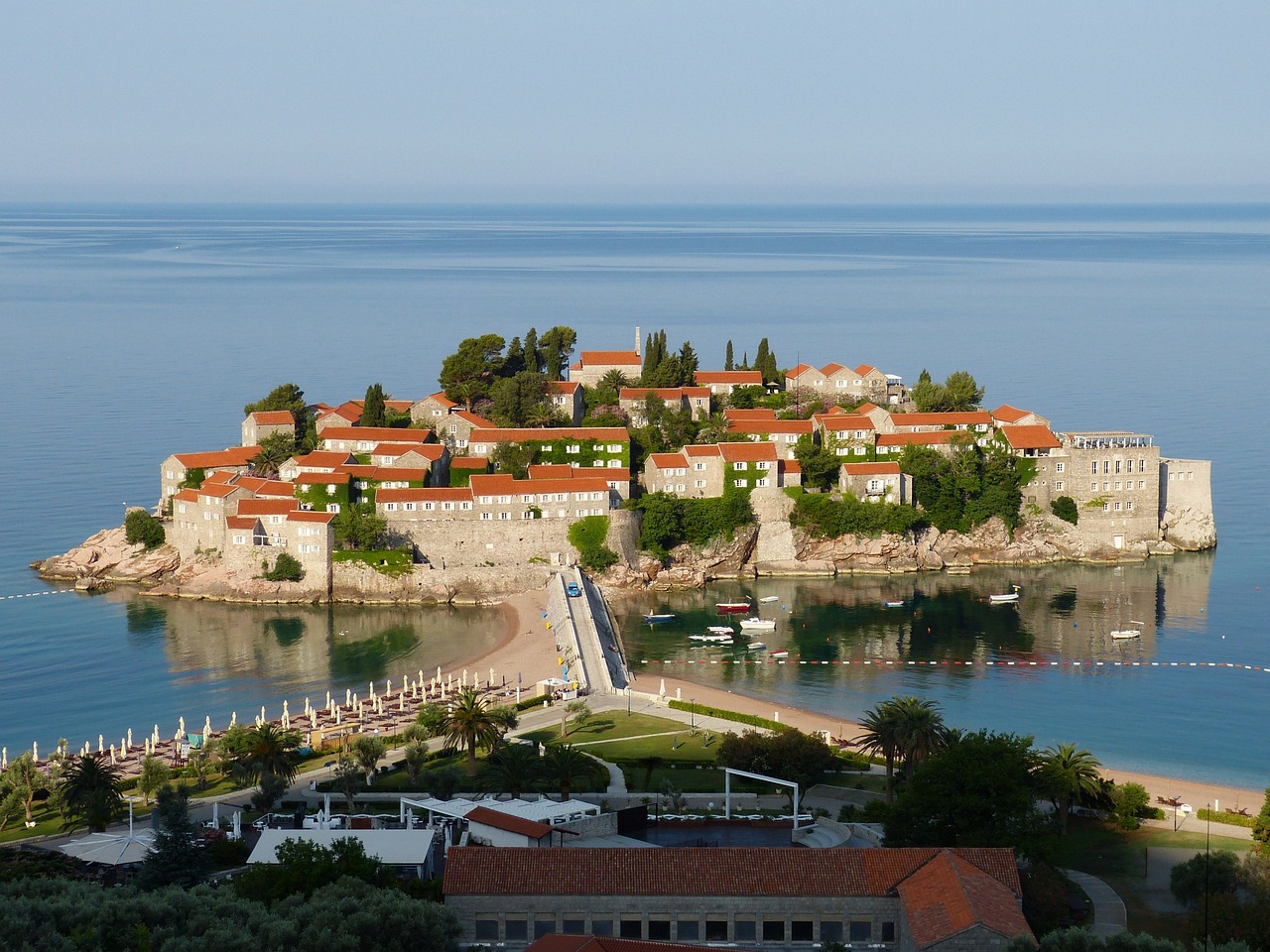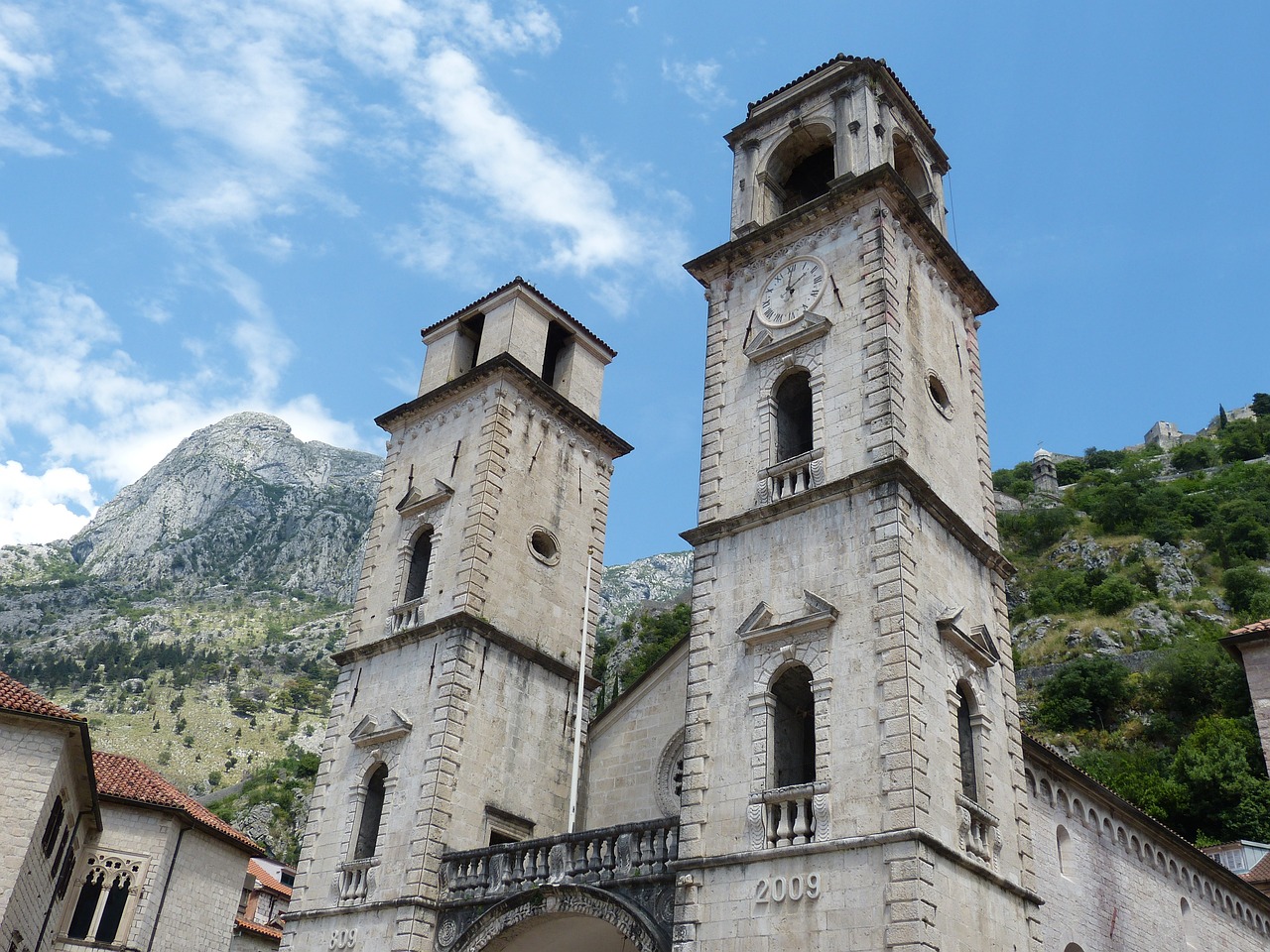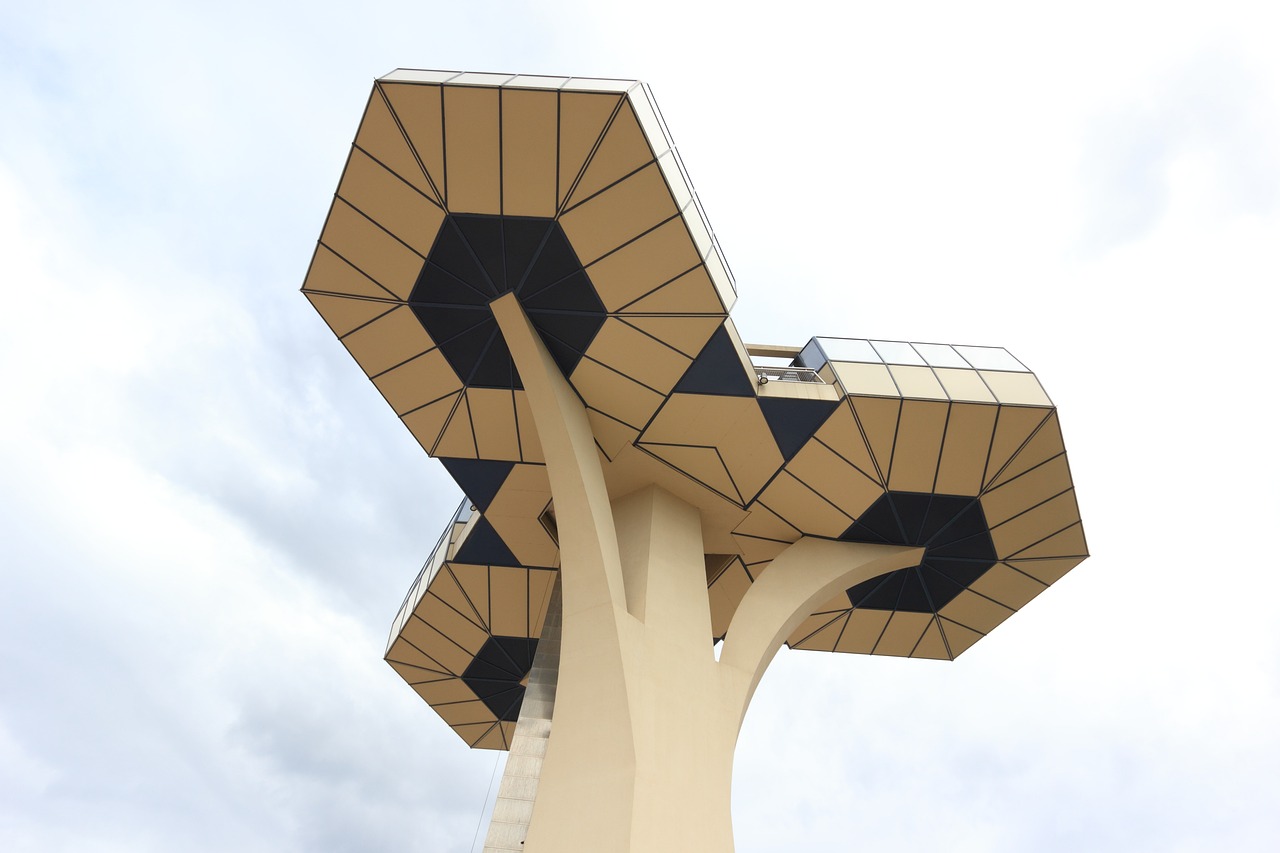Montenegro Video
Learning Montenegro Language: Quick Tips and Resources
Montenegro is a beautiful country located in Southeastern Europe. Known for its stunning landscapes and rich cultural heritage, Montenegro offers a unique experience for travelers. If you’re planning a trip to Montenegro, it can be helpful to learn some basic Montenegro language skills to enhance your travel experience. In this article, we will provide you with quick tips and resources to get started on your journey of learning the Montenegro language.
Introduction to the Montenegro Language
The Montenegro language, also known as Montenegrin, is the official language of Montenegro. It is a South Slavic language and is closely related to Serbian, Croatian, and Bosnian. Montenegro language uses the Latin script, although the Cyrillic script is also used by a minority of speakers.
Learning the Montenegro language can be a rewarding experience as it allows you to communicate with locals, understand the culture more deeply, and navigate the country with ease. Here are some quick tips to help you get started:
1. Learn Basic Greetings and Phrases
To begin your journey of learning the Montenegro language, start by learning basic greetings and phrases. This will help you in everyday interactions with locals and make a positive impression. Here are a few essential phrases to get you started:
- Zdravo (Hello)
- Hvala (Thank you)
- Molim (Please)
- Da (Yes)
- Ne (No)
Understanding these basic greetings and phrases will go a long way in your interactions with locals and make your travel experience more enjoyable.
2. Practice Pronunciation
Pronunciation is an important aspect of learning any language, and the Montenegro language is no exception. To improve your pronunciation, listen to audio recordings or engage with native speakers. Pay attention to the sounds of the language and practice speaking aloud to gain confidence.
3. Use Language Learning Apps
In today’s digital age, language learning apps can be a valuable resource for learning the Montenegro language. Apps like Duolingo, Memrise, and Babbel offer interactive lessons, vocabulary exercises, and pronunciation practice. These apps make learning convenient and fun, allowing you to learn at your own pace.
4. Take Language Classes
If you prefer a more structured approach to learning the Montenegro language, consider enrolling in language classes. Language schools or institutes in Montenegro offer courses for beginners as well as advanced learners. Taking classes will provide you with a solid foundation in the language and give you the opportunity to practice with fellow learners.
5. Immerse Yourself in the Culture
One of the best ways to learn a language is to immerse yourself in the culture. When visiting Montenegro, take every opportunity to engage with locals, practice your language skills, and learn from native speakers. Attend cultural events, explore local markets, and make an effort to have conversations in the Montenegro language.
6. Watch Montenegrin Movies and TV Shows
Watching movies and TV shows in the Montenegro language can be an enjoyable and effective way to improve your language skills. Look for Montenegrin films or series with subtitles to help you understand the context and learn new vocabulary. This will also expose you to the local culture and customs.
7. Read Montenegrin Literature
Reading Montenegrin literature can provide you with insights into the language and culture. Start with simple books or short stories and gradually work your way up to more complex texts. Reading in the Montenegro language will expand your vocabulary and improve your understanding of grammar and sentence structure.
8. Practice with Language Exchange Partners
Language exchange programs and websites can connect you with native Montenegrin speakers who are interested in learning your language. This provides an opportunity for language practice and cultural exchange. You can meet in person or have virtual conversations to improve your speaking and listening skills.
9. Visit Language Learning Websites
There are numerous websites dedicated to language learning that offer resources specifically for learning the Montenegro language. Websites like Transparent Language and Learn Montenegrin provide lessons, vocabulary lists, and grammar explanations. Take advantage of these resources to supplement your learning.
10. Join Language Learning Communities
Joining language learning communities, both online and offline, can be a great way to connect with fellow learners and native speakers. Look for Montenegro language groups on social media platforms or language exchange events in your area. Engaging with a community of learners can provide motivation and support.
11. Practice Regularly
Consistency is key when learning a language. Set aside dedicated time each day or week to practice your Montenegro language skills. Whether it’s reviewing vocabulary, listening to podcasts, or having conversations, regular practice will help you progress faster and retain what you’ve learned.
12. Explore Montenegro
Finally, the best way to enhance your language skills is to explore Montenegro itself. Travel to different regions, interact with locals, and immerse yourself in the local culture. The more you expose yourself to the Montenegro language, the more natural it will become for you.
Montenegro Image 1:

Montenegro Image 2:

Montenegro Image 3:

References
– Transparent Language: www.transparent.com
– Learn Montenegrin: www.learnmontenegrin.com


